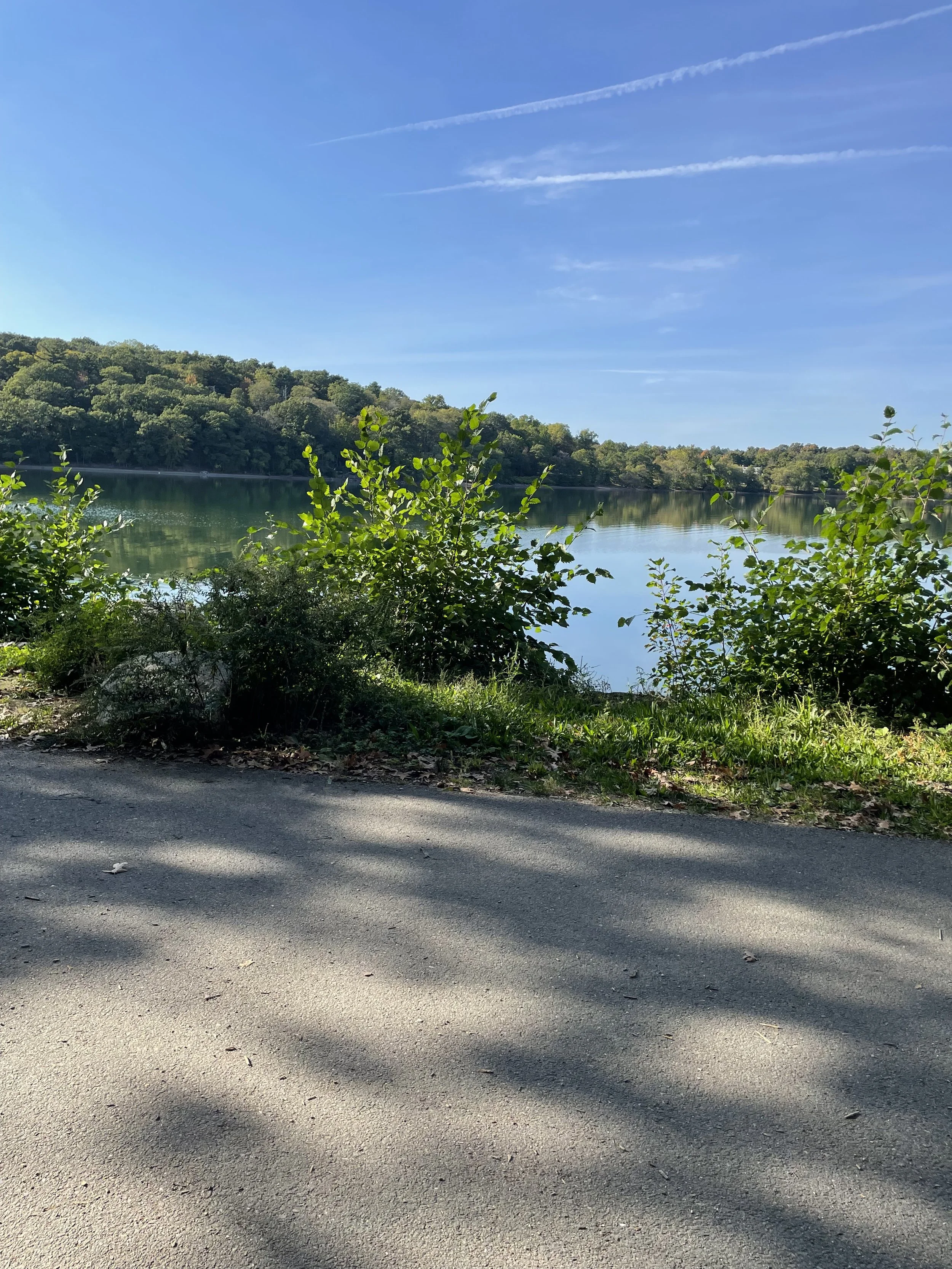🍁 Finding Your Way
Post-Traumatic Growth & Resilience Coaching for Women
A season of transition, softly unfolding 🌿
“The gift of healing trauma is that the woundedness
becomes a gateway to freedom, healing, and love.”
— Tara Brach
Healing trauma invites us to balance and integrate gentle resilience and fierce protection — finding our way to listen inwardly with kindness and care,
and finding our way toward what keeps us safe, connected, and at ease.
Fiercely like a mama bear, gentle as a homecoming~
What We May Explore
🌱 Trauma-sensitive mindfulness
Offered in small, digestible moments — so you can softly notice what’s here, at your own pace, as you’re ready.
🧠 How the brain and nervous system guide healing
Soft insights from Interpersonal Neurobiology and Polyvagal Theory that illuminate how trauma can disconnect us from ourselves, from others, and from the world — and how integration supports reconnection.
💛 Practices that support soothing and regulation
Simple, evidence-informed guidance to support nervous system regulation and a sense of balance and ease.
🤝 Connection in a welcoming community
A space where healing and growth can unfold in connection.
Schedule Your Free Call~
Community can help hold what’s difficult to carry alone.
Healing often unfolds in connection.
As Rachel Naomi Remen reminds us, “We are all healers of each other. The reality is that healing happens between people.”
You’re invited to consider a free call.
It’s a space to ask questions, share what matters to you, and notice whether working together feels like a good fit.
Why This Path Matters
I draw on mindfulness and the healing sciences to offer soft practices and grounded understanding that support the nervous system’s natural return to safety, connection, and ease. Healing is not about fixing ourselves — it’s about reclaiming and reconnecting with who we already are.
Through my own trauma recovery, I learned how powerful it can be to weave mindful awareness together with an understanding of how our nervous system works. When these are held together, they offer support that is soothing, regulating, and steadying — allowing healing to unfold at its own pace. I often think of this as medicine for the nervous system.
As we begin to feel safe-enough, the body softens. The mind quiets. And the whole system — brain, heart, breath, gut, and nervous system — can gently shift into a state that supports healing and growth.
“Trauma is not what happens to us, but what we hold inside in the absence of an empathic witness.” — Peter Levine, PhD
An Invitation
You’re warmly invited to watch — or simply listen — to a brief Metta (loving-kindness) practice I offered in Dr. Arielle Schwartz’s yoga class. It reflects how I meet myself on most days with kindness and care, and how these same intentions shape the way I guide Post-Traumatic Growth and Resilience Coaching for Women.
You may be noticing:
Feeling both anxious and quietly hopeful about what’s next
Waves of overwhelm, or a sense that the world doesn’t always feel safe
Uncertainty about where — or how — to begin
Feeling unsettled by small, everyday situations
Longing to feel more at ease in your body and in your connections
If any of this resonates, know that these are shared human experiences. After trauma, the nervous system often becomes more sensitive — responding more quickly as part of its protective survival responses. These responses are protective, even when they pull us away from ease, choice, and connection.
Learning to notice moments of reactivity — and to gently shift toward responding with more awareness in the present moment — is a shared human experience and an important part of healing after trauma. By bringing reactivity into awareness, we begin to create space for these responses to soften, be processed, and gradually integrated.
If you’d like to explore the science and practices that support nervous system regulation, resilience, and well-being, you’re warmly welcome to visit the Resource Library.
A Window Into My Story
“Mindfulness is about being fully awake in our lives. It is about perceiving the exquisite vividness of each moment. We feel more alive.
We also gain immediate access to our own powerful inner resources for insight, transformation and healing.”
– Jon Kabat Zinn
A Glimpse Into My Story
From my own trauma recovery, I learned how mindfully soothing and regulating the nervous system creates space — space to feel what we are feeling as it arises, and to become aware of it with kindness.
In that space, agency begins to return. Calm and curiosity become possible. And from there, happiness, purpose, and a sense of fulfillment can slowly re-emerge.
More than 35 years ago, a mindfulness workshop with Jon Kabat-Zinn shifted the course of my life. Over time, I deepened my practice, studying mindfulness, Jewish contemplative traditions, and trauma-informed healing science. These teachings supported my return to myself — to my strengths, wholeness, and capacity for connection.
My journey has also carried me through illness, grief, and early experiences of disconnection. Within those experiences, I reclaimed the seeds of resilience — compassion, courage, and a deep capacity for connection — qualities that were always present, even when they were clouded by trauma.
For the past several decades, I have continued to study and practice healing approaches that support this process — healing sciences that help us reconnect with ourselves and with our inherent goodness and wholeness.
Today, I walk alongside women navigating transition, loss, or trauma, supporting them as they gently rediscover their resilience and reconnect with who they are.
Perhaps this is a time of transition for you, and you may be wondering how to move forward with clarity and compassion. Together, we explore mindfulness, somatic practices, and trauma-informed science, softly supporting your reconnection with yourself — at your own pace, in your own time.
It is from my own experience of healing and reconnecting with this wholeness that I created the Finding Your Way Circles.
Art by, Vicky Alvarez







